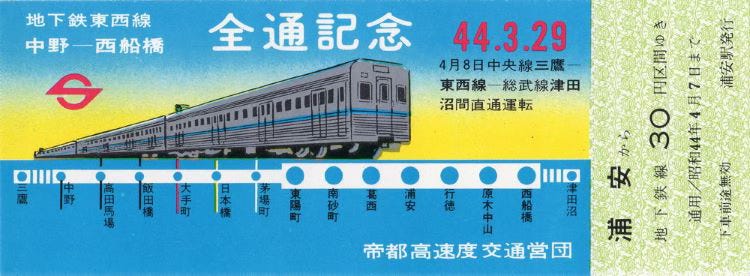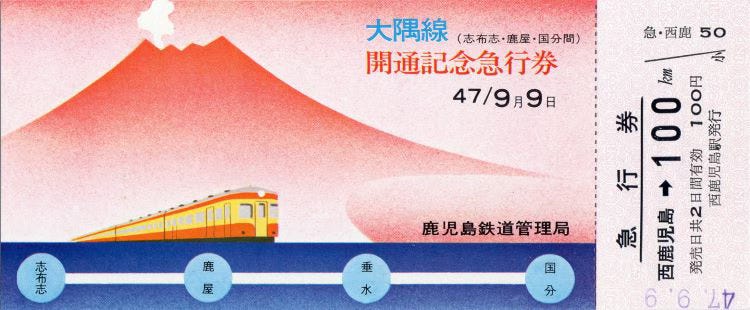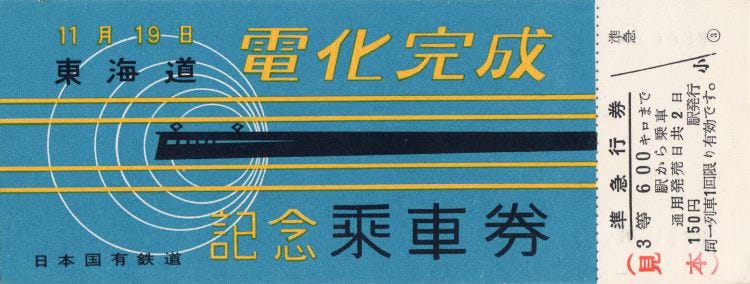Get Off at the Next Stop
Lessons Learned on a Longer Way Home
The pedestrians weren’t being rude. Yes, they watched us with shocked and sideways stares, but to be fair, we were a spectacle. The baby was hanging off my front in an ill-fitting sling; the toddler and five-year-old were somehow both riding on a single stroller; and the seven-year-old was trailing behind, despite frequent suggestions that he walk just a bit faster. With gooey teriyaki sticks from 7-Eleven thrown into the mix, and a map open in my semi-free hand, we were starting another day in Tokyo.
What a city! When we first arrived from our suburban home in Arkansas, I knew that our time in Tokyo would be a next-level learning experience. It felt like we were in a new world. Our usual view of swaying oak trees, pink sunsets, and songbirds was swapped out with skyscrapers, neon signs, and the hustle of fourteen million humans. The Japanese language was completely foreign, and my translation app was, well, comically inaccurate. Finding basic necessities like baby wipes or kids’ snacks also proved to be an adventure.
But most challenging by far was navigating Tokyo with four little ones in tow. The rail network was enormous and intricate (and in Japanese). It was hard to get my bearings, and on more than one occasion I misinterpreted the signs, consigning us to meandering rides around town.
Figuring that the chances of making more transportation mistakes were high, I realized that I needed to have a plan with the kids in the event that we got separated. After prayerfully considering the options, I felt inspired to tell my kids these instructions: If you ever find yourself on a train and Mom is not with you, get off at the next stop and wait.
Every day we would review this plan and visualize what to do in such a situation. Before long, even the toddler could recite the phrase “Get off at the next stop!” when her older siblings quizzed her, though I wasn’t sure how much she understood.
And then, just like that, the hypothetical got terrifyingly real. The day had started like all the others—a motley caravan of stroller wheels and tiny feet. By late afternoon, we had spent the day at museums far across the city. We were all tired, but everyone was okay, and I felt like I was “succeeding” as the leader of my little pack as we approached the train station to go home.
We crammed into an elevator and went up to the platform. I was at the back, struggling to maneuver the baby stroller, as the other kids poured out. Excited to see that the train had already arrived, and eager to get home, the five-year-old hopped aboard. Unfortunately, it wasn’t our train—this one was heading the opposite direction.
I emerged from the elevator just in time to see him step onto the train, but as I called out and ran to get him off, the doors closed between us. For a split second, there was a feeling of panic on both sides of the glass. But then my son and I locked eyes and at the exact same time, we mouthed the words, “Get off at the next stop.” I tried to give him whatever visual reassurance I could as the train sped out of sight with my little boy onboard.
I don’t remember how long we waited for the next train to come; it felt like an eternity. I tried to comfort the other kids who were suddenly crying in distress, but my heart followed the one who was getting farther and farther away. Was he okay? Where was he exactly? How long would we be apart? At that point there was nothing to do for him but pray and hope he would utilize the plan that we had discussed so many times before.
I could hardly breathe the whole way to the next station. But as we finally approached, I saw my son standing on the platform, right where he had stepped off the train. I hugged him tightly as he let out all the tears he had been holding in since we got separated. I told him how grateful I was that he remembered what to do and that he was brave enough to get off and wait. Then all together, we turned around, crossed the station, and resumed our journey home.
In the years since this experience in Tokyo, my mind has gone back to the train platforms—both the one where my son got on a wrong train and the one where he got off it—and the lessons I learned that day.
I’ve wondered if perhaps we’re all like that small child in some ways. Whether through ignorance, distraction, or any other reason, we make mistakes that distance us from our goals and from those who love us.
But importantly, there is a plan in place to help us turn around, reorient, and try again to reach our destination. Through repentance—the process of turning back to God by the grace of Jesus Christ—even our mistakes can be transformed into meaningful progress along our way. As Elder Lynn G. Robbins said, “Repentance isn’t His backup plan in the event we might fail. Repentance is His plan, knowing that we will.”
Whatever “wrong train” we may find ourselves (or our loved ones) on, when we are metaphorically willing to get off at the next stop, Jesus Christ will come find us wherever we are. “For, behold,” he says, “I am for you, and I will turn unto you” (Ezek. 36:9, emphasis added). We can have a motivating, well-placed hope that he will meet us with open arms. As Elder Juan Pablo Villar recently taught:
Jesus Christ has the power to help us out of every miserable condition or adverse situation. Regardless of whether we feel close to Him, He still can reach us where we are as we are. . . . Our Savior will be there as many times as necessary to provide help if we want to learn, change, overcome, cope, or succeed in whatever will bring true and everlasting happiness to our lives.
Through this experience I also recognized that even if we know the plan, and even if we acknowledge that we’re not heading where we intended, the actual moment of stepping off and turning around takes tremendous courage. I’ve heard this brave act compared to “running into the wind, [or] swimming upstream.” It requires strength beyond our own, and I believe it is a manifestation of grace whenever we take that step.
Finally, my family’s unexpected detour reassured me that the process of turning back to God, anytime we get distracted or disconnected, is saturated with love. Our train adventure is not a perfect analogy for repentance, but it was a profound encounter with love at all the stages of separation and recovery. At the time this happened, and even now years later, I wasn’t disappointed or annoyed by my son’s mistake. I felt no anger or frustration; I was not upset that it was going to take us longer to get back home. What I felt was love, so much love.
Perhaps, on those two train platforms, I had a tiny glimpse of what a Heavenly Parent might feel for children who inevitably make mistakes as they clumsily try to get back home.
Our story was finished in one afternoon, but it continues to encourage me in my wanderings, reminding me to “get off at the next stop” when needed and to accept Jesus Christ’s abundant help. Imperfectly journeying through Tokyo, I came to know that repentance is the synthesis of grace, courage, and love—lessons that I learned best on a longer way home.
Lisa Higginbotham Anderson and her family live in beautiful Aotearoa New Zealand. Lisa enjoys traveling, rowing, teaching, and working in maternal health. She studied biology at BYU and holds a PhD from the University of Cambridge.
Vintage Japanese train tickets shared by Yota8nsx (X).









I absolutely love this story. I love the reminder that repentance is the plan, not something we might have to do. And the reminder to do it quickly!
What a beautiful metaphor!